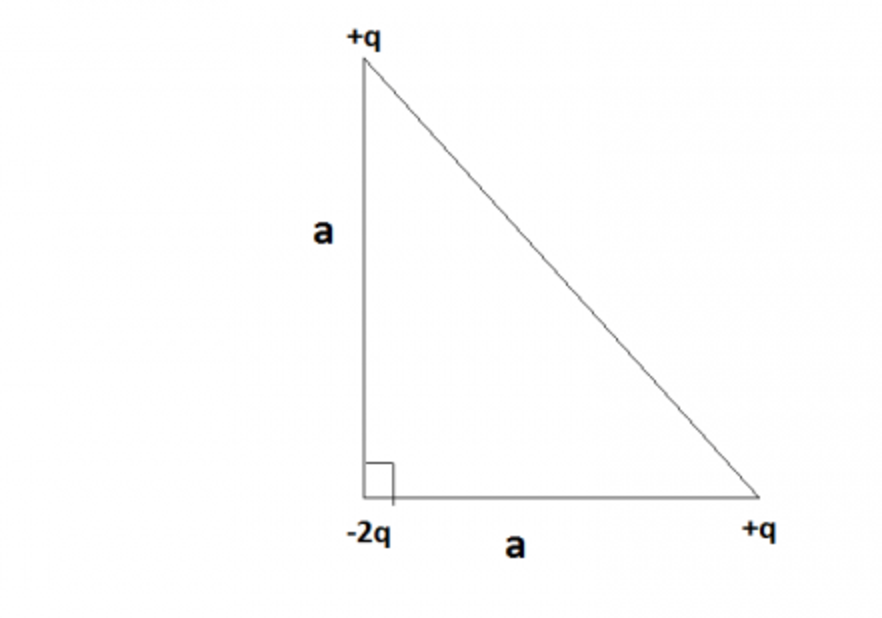Electric Dipole Moment: Difference between revisions
No edit summary |
|||
| Line 49: | Line 49: | ||
<math> \boldsymbol{|p|} = \boldsymbol{qa} \displaystyle {\sqrt {2}} </math> | <math> \boldsymbol{|p|} = \boldsymbol{qa} \displaystyle {\sqrt {2}} </math> | ||
=== | ===Middle=== | ||
===Difficult=== | ===Difficult=== | ||
== See also == | == See also == | ||
[http://www.physicsbook.gatech.edu/Electric_Dipole Electric Dipole] | |||
[http://www.physicsbook.gatech.edu/Magnetic_Dipole_Moment Magnetic Dipole Moment] | |||
===External links=== | ===External links=== | ||
[http://hyperphysics.phy-astr.gsu.edu/hbase/electric/dipole.html Hyper Physics - Electric Dipoles] | |||
==References== | ==References== | ||
[https://en.wikipedia.org/wiki/Electric_dipole_moment Wikipedia Page] | [https://en.wikipedia.org/wiki/Electric_dipole_moment Wikipedia Page] | ||
Revision as of 18:48, 9 April 2017
Claimed by Summer Mia Bain (Spring 2017)
An electric dipole is created by the combination of two equal and oppositely charged atoms of charge q that are separated by a a distance ""s"". An electric dipole is the simplest piece of neutral matter that can be analyzed in detail. The size of the dipole is measured by its dipole moment "p" which is a product of its charge "q" and distance "s". The electric dipole moment points from the negative to the positive charge
The Main Idea
A Mathematical Model
The electric dipole moment is represented by the letter "p". This set is equal to the charge of the atom in an electric dipole multiplied by the distance between the atoms.
[math]\displaystyle{ \boldsymbol{p} = \boldsymbol{s} \times\mathbf{q} }[/math]
Objects with electric dipole moments are also able to undergo a torque in the presence of electric fields, which will cause it to rotate
[math]\displaystyle{ \mathbf{τ} = \boldsymbol{p} \times\mathbf{E} }[/math]
Note, this multiplication sign here signifies as "cross product"
A Computational Model
<iframe src="https://trinket.io/embed/glowscript/5a673dbc83?outputOnly=true&start=result" width="100%" height="356" frameborder="0" marginwidth="0" marginheight="0" allowfullscreen></iframe>
Examples
Simple
Find the electric dipole moment of this system
Steps
1) Spilt the 2q charge into 2 charges, a positive charge and a negative
2) Notice the geometry of the system, because it has 2 sides of equal length it is a 45-45-90 triangle
3) Solve using the following mathematical equations
[math]\displaystyle{ \boldsymbol{p}^2 = \boldsymbol{p1}^2 \times\boldsymbol{p2}^2 }[/math]
[math]\displaystyle{ \boldsymbol{|p|} = \displaystyle {\sqrt {{p1}^2 + {p2}^2 }} }[/math]
[math]\displaystyle{ \boldsymbol{|p|} = \boldsymbol{qa} \displaystyle {\sqrt {2}} }[/math]
Middle
Difficult
See also
External links
Hyper Physics - Electric Dipoles

